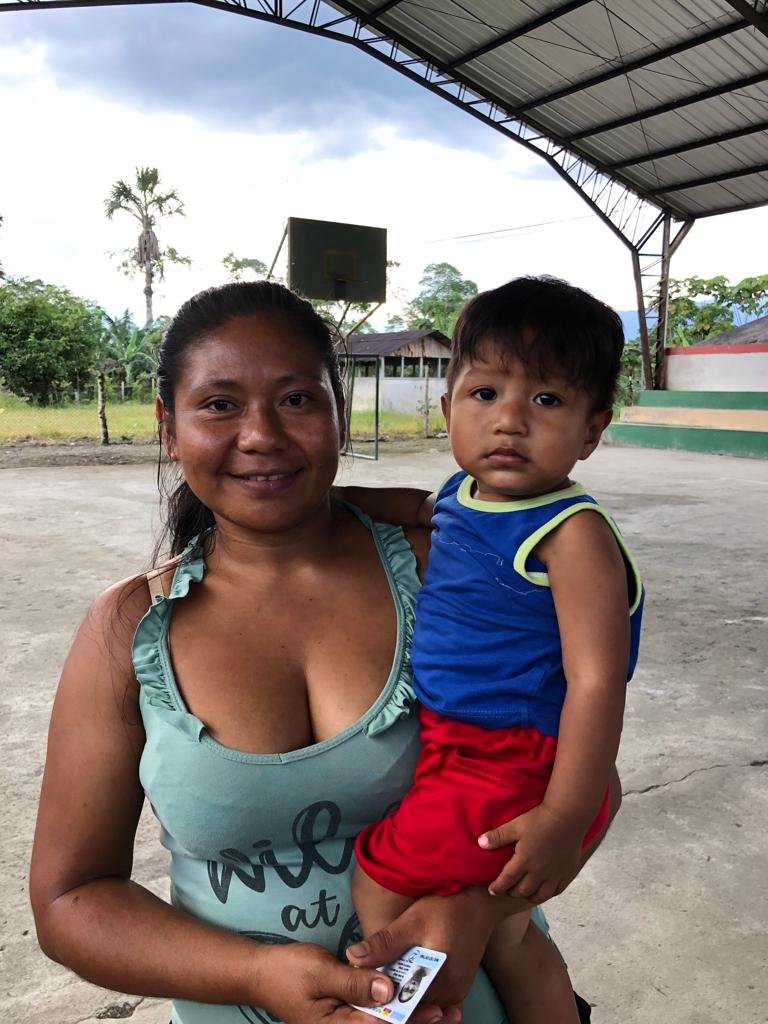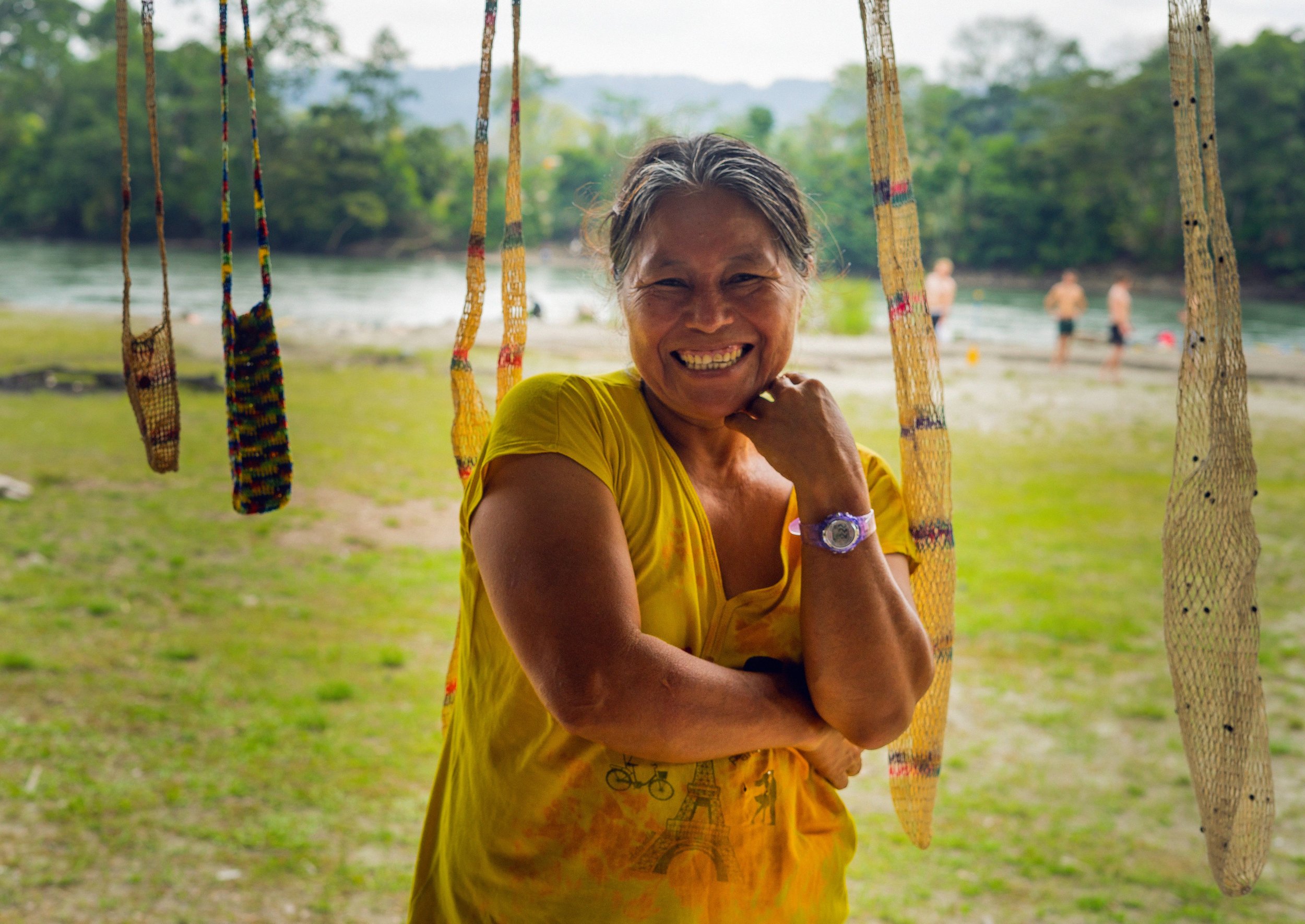Ecuador is one of the 17 most biodiverse countries globally with over 6% of the world’s species
Ecuador has the highest annual deforestation, by area, in the Western Hemisphere
Transitioning to traditional Indigenous practices aids sustainability and strengthens communities
The Amazon Rainforest
The Amazon Rainforest is the largest and most biodiverse tropical rainforest in the world and represents more than half of all total remaining rainforest areas on earth. In the Ecuadorian Amazon alone, there are estimated to be over three million species of plants and animals. One acre of land in the rainforest can contain as many as 70,000 species of insects!
The Amazon contains the largest river basin in the world, spanning eight countries, and providing water to communities far beyond the Amazon itself. This vast ecosystem plays a critical role in climate regulation throughout the world, absorbing massive amounts of CO2 and acting as the planet’s lungs. The forest’s vastness and intricate web of life make it one of the most important assets for global biodiversity.
Besides its ecological importance, the Amazon is also incredibly important to the hundreds of indigenous tribes who call the Amazon home. As land stewards, the indigenous communities survive off of the resources in the rainforest and help preserve its ecological health as they manage the land sustainably.
The Importance of the Amazon
Rainforests play a critical role in filtering CO2 and producing oxygen. When deforestation occurs, carbon stored in trees is released, worsening global warming. Additionally, deforestation contributes to the extinction of 137 species daily, many of which are vital for medical research.
The Amazon, a treasure trove of undiscovered species, has already contributed to life-saving discoveries, including anti-inflammatories, antioxidants, and cancer-reducing compounds. Protecting the Amazon is essential not only for biodiversity but for the future of medical advancements.
Indigenous Communities of Ecuador's Amazon
In Ecuador, over 1.2 million people call the Amazon home, with 25-30% of the population being indigenous. The region hosts ten different nationalities, each with its unique traditions and customs. Despite these differences, all have developed sustainable ways of living off the rainforest’s resources, using it as a "supermarket" for food, water, wood, and medicine.
The Kichwa people, the largest indigenous group in Ecuador's Amazon, are known for farming crops like yucca, plantains, and cacao, and preserving traditional hunting practices. They are also recognized experts in medicinal plants, with shamans passing down healing knowledge across generations. However, these cultures face threats from mining, deforestation, and oil extraction. To protect their heritage and promote economic well-being, many indigenous communities have embraced eco-tourism, offering cultural experiences to visitors and highlighting the importance of preserving both the rainforest and their traditions.





Ecuador SustainabilityPrograms
"Economic growth is the most powerful instrument for reducing poverty and improving the quality of life in developing countries."
- Organization for Economic Co-operation and Development, Building Jobs and Prosperity in Developing Countries









The Community Center is located in the heart of Shandia across two different buildings. It serves as a meeting place for our Women's Group, English classes, computer literacy classes, and a safe place for kids to learn and explore. The office spaces house a computer lab, a mini library, meeting spaces, and free space to create and play.